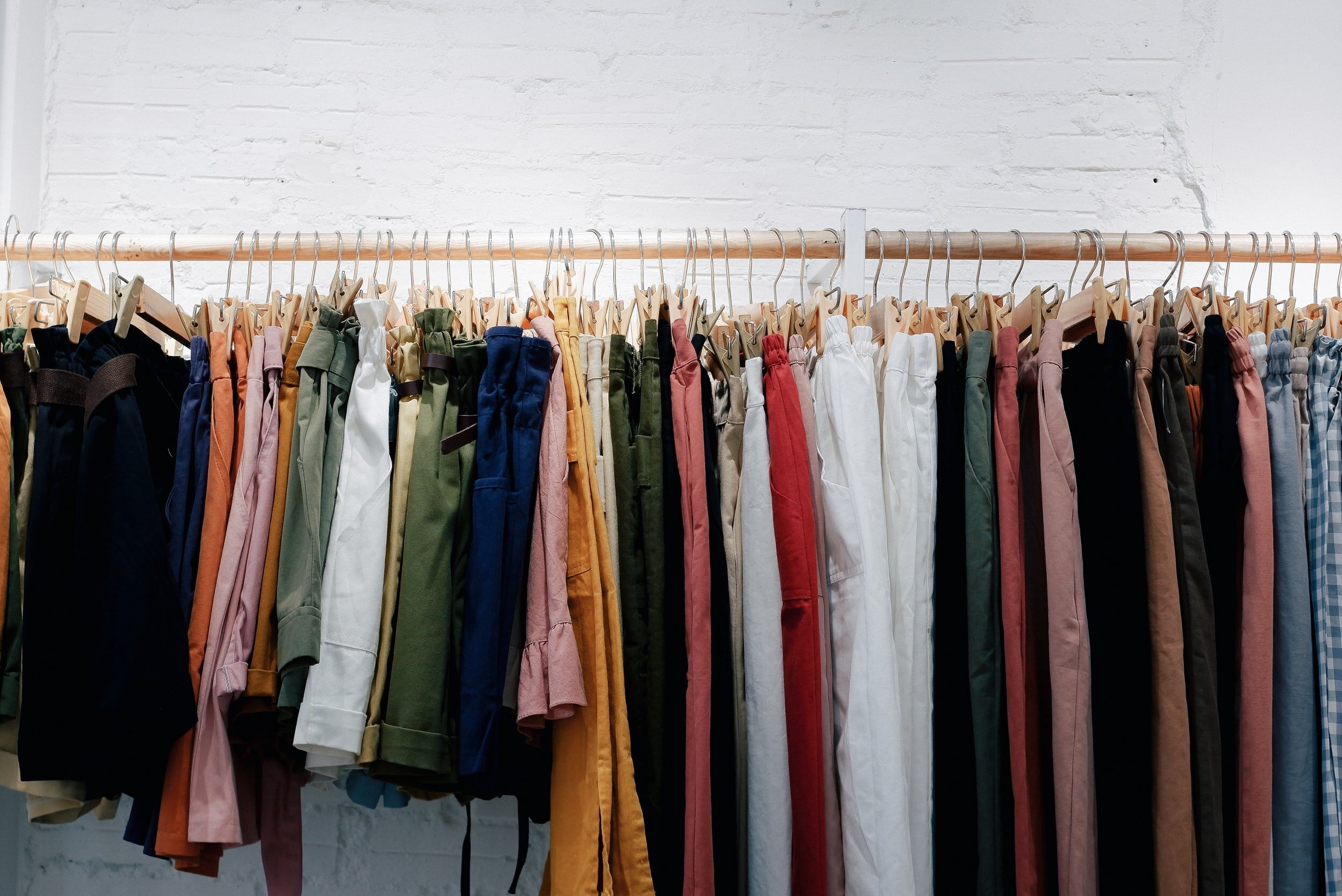Action Guide
Home / Take Action / Action Guide: Textile Waste
Let’s Take Action on Waste
Today, Canada faces a waste crisis. As a country ranked the 8th biggest waste producer in the world, we have a lot of work to do. The Canadian government reports that 3 million tonnes of plastic waste are thrown away every year, only 9% of which is recycled, leaving the rest to end up in landfill or in our natural environment. To tackle this issue, we need all hands on deck. This includes action from governments and businesses at every level, and from individuals like yourselves!
We’ve developed our Waste Reduction Hub to be an ever-growing hub of resources and action items to get you started on your waste reduction journey. So, let’s get started!
Categories
click into a category to find waste resources
Textile Waste

Textile Waste
Jump to: Introduction | Why it Matters | Quick Tips | What Can You Do
Introduction
Just like plastic, textile products are everywhere, everyday. Through the clothes that we wear, the carpet in our homes and curtains on our windows, textile waste seems to be creeping around every corner of our lives. Textiles may not look and feel like the plastic that we’re accustomed to, but they contribute to the plastic waste crisis just the same, accounting for about 6% of all plastic in Canadian landfills.
Materials such as polyester, nylon and spandex are all made of - you guessed it - plastic. These synthetic materials are made of petrochemicals found in oil, natural gas, and coal. Plastic fabrics are quickly taking over the textile industry for desirable qualities such as durability, flexibility and, most importantly, low cost. Until only recent years have the environmental impact of textiles begun to surface - let’s narrow down some of the biggest ways textiles are threatening our planet and waterways.

Why It Matters
Microplastics
Hundreds of thousands of microfibres can shed from our synthetic clothing during a typical load of laundry. We can help protect our Oceans and waterways by being conscious about the clothes we buy and by washing them only when we need to.
Resource Use
As a consumer, it can be difficult to visualize the resources and pollution associated with a neatly folded t-shirt on the mall shelves. What most of us probably don't know is that the fashion industry slurps back uncanny amounts of fresh water, while returning polluted waste water back into our environments.
Fast Fashion
The textile industry is well known for its never-ending trends. On average, every Canadian purchases about 70 new articles of clothing each year. These cheap trends often use inexpensive materials derived from plastics. The quick turnover of styles accelerates this resource intensive industry, while contaminating our water, soil and land along the way.
Quick Tips to reduce your Textile Waste
Shop Secondhand to avoid fast fashion
Buy quality over quantity, seek out ethically made, non-synthetic fabrics, made to last
Buy less - instead wear what you already have
Repair clothing instead of throwing it out
Wash clothes only when necessary to reduce the amount of microplastics entering waterways
Research microplastic capturing devices (like Guppyfriend or Cora Ball) to see if they’ll work for you
Return clothes to organization that accept used clothing to recycle
Resell on clothing apps like Poshmark, Depop or Facebook Marketplace
Make it fun! Organize a clothing swap with your friends or learn to sew or mend - the sky is the limit!

























